Repair damaged teeth conservatively
Bonded composite restorations are a reliable, clinically proven method for repairing damaged teeth.
At Dawood & Tanner, we use this technique to restore strength, prevent further decay, and deliver outstanding cosmetic results—all while preserving healthy tooth structure.
Tooth-coloured restorations are applied in layers and cured with a high-intensity light, the material forms a durable bond with the tooth and is polished to closely resemble natural enamel.
Our clinicians take care to match the shade, shape, and translucency of each restoration, achieving results that are virtually undetectable.
Composite bonding is more than just a filling. It is a sculpted, aesthetic restoration that allows us to conservatively treat decay, erosion, chips, and fractures—rebuilding the natural form of your smile while preserving healthy tissue.
When is a composite restoration right for you?
This treatment is ideal for patients who:
- Grind their teeth and have flattened or chipped biting edges
- Have suffered minor trauma to a front tooth
- Want to replace older amalgam fillings
- Seek cosmetic reshaping or colour correction
- Have small cavities or deep grooves that trap plaque
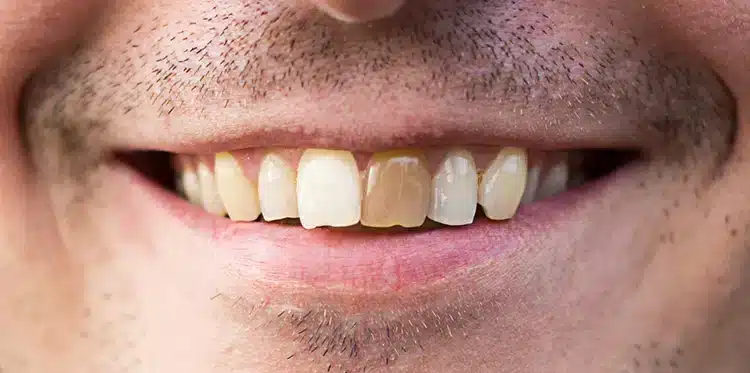
Because composite materials blend naturally with enamel, they’re often used for visible teeth—especially where patients want to avoid more invasive procedures like crowns or veneers.
These restorations are durable, cost-effective, and highly cosmetic. They can often be completed in a single visit with little to no discomfort.
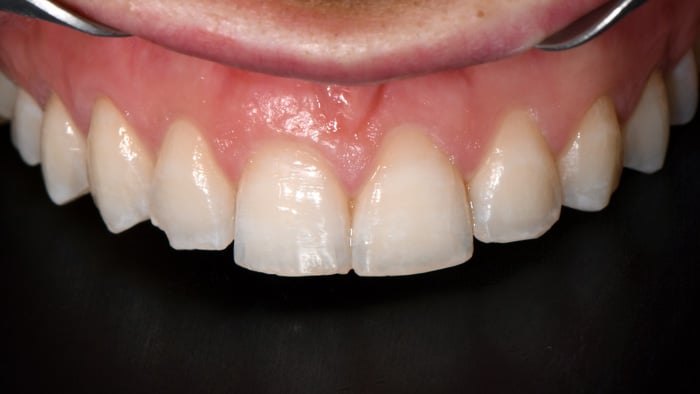
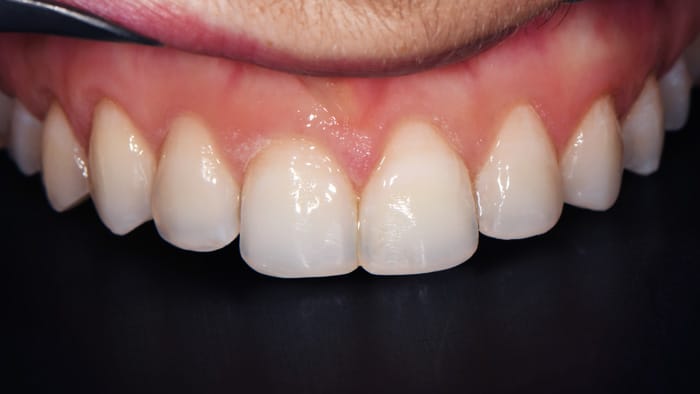
Treatment by Begoña Marti
Repairing tooth wear
This young patient experienced significant tooth wear due to a combination of grinding and a highly acidic diet. The damage was repaired using bonded, tooth-coloured restorations, which not only restored the teeth to their original shape and appearance but also provided protection against further erosion.
Immediate and invisible restoration
Following a minor fall, this patient chipped her front tooth and felt self-conscious about its appearance. She was relieved and delighted to have it immediately restored with a bonded composite, achieving a natural-looking result.
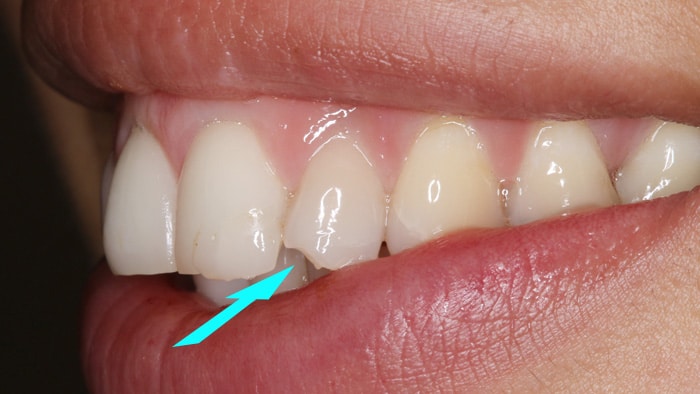
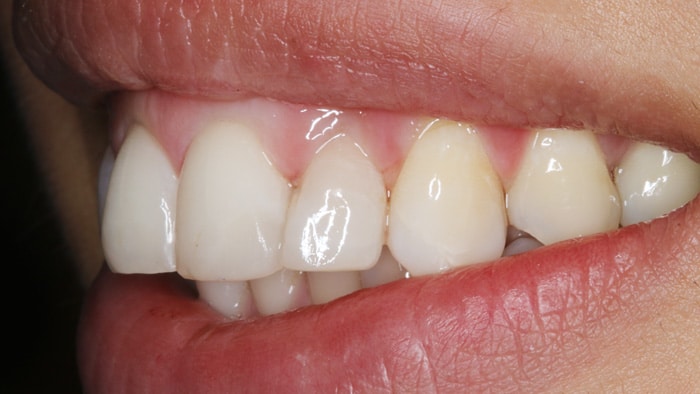
Treatment by Begoña Marti
Treating dental decay and replacing old fillings
Tooth-coloured restoration/filling
A modern alternative to metal fillings, tooth-coloured composite restorations rebuild damaged teeth in a way that’s both strong and discreet. This treatment restores function while preserving as much healthy tooth structure as possible—making it ideal for small to medium areas of decay or repair.
The composite material is applied in layers and cured with a high-intensity light, then shaped and polished to blend seamlessly with the natural tooth. The result is a smooth, long-lasting restoration that supports both comfort and aesthetics.
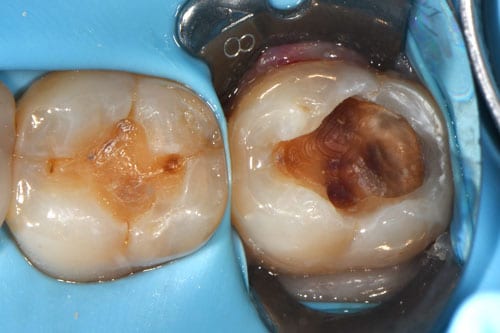
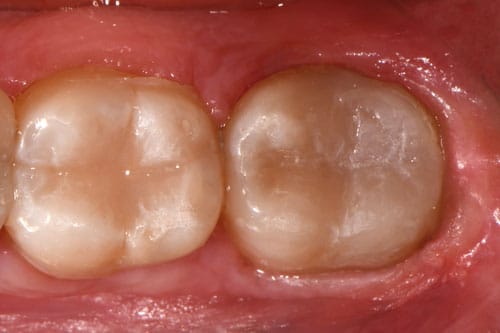
Treatment by Begoña Marti
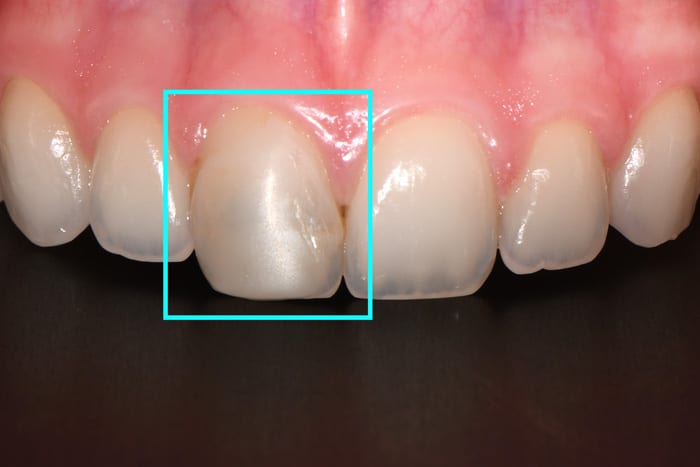
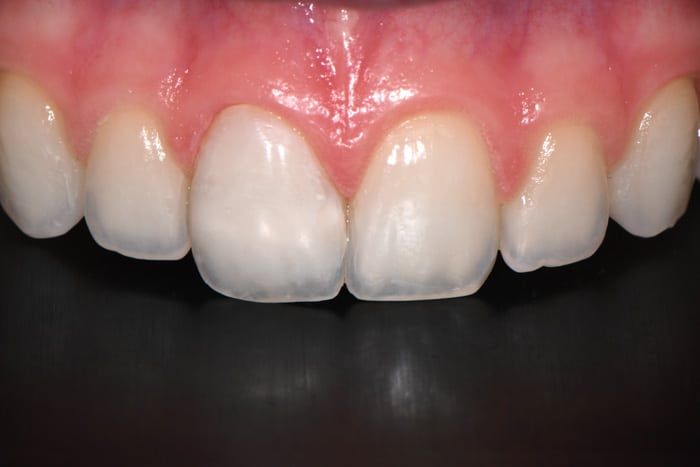
Treatment by Begoña Marti
Tooth-coloured composite for seamless repair
Bonded composite is an excellent material for restorations, offering a wide range of tooth-coloured shades to closely match the surrounding tooth structure. As an adhesive filling, it bonds directly to the remaining tooth, allowing for minimal preparation and, importantly, helping to reduce the risk of further fracture.
